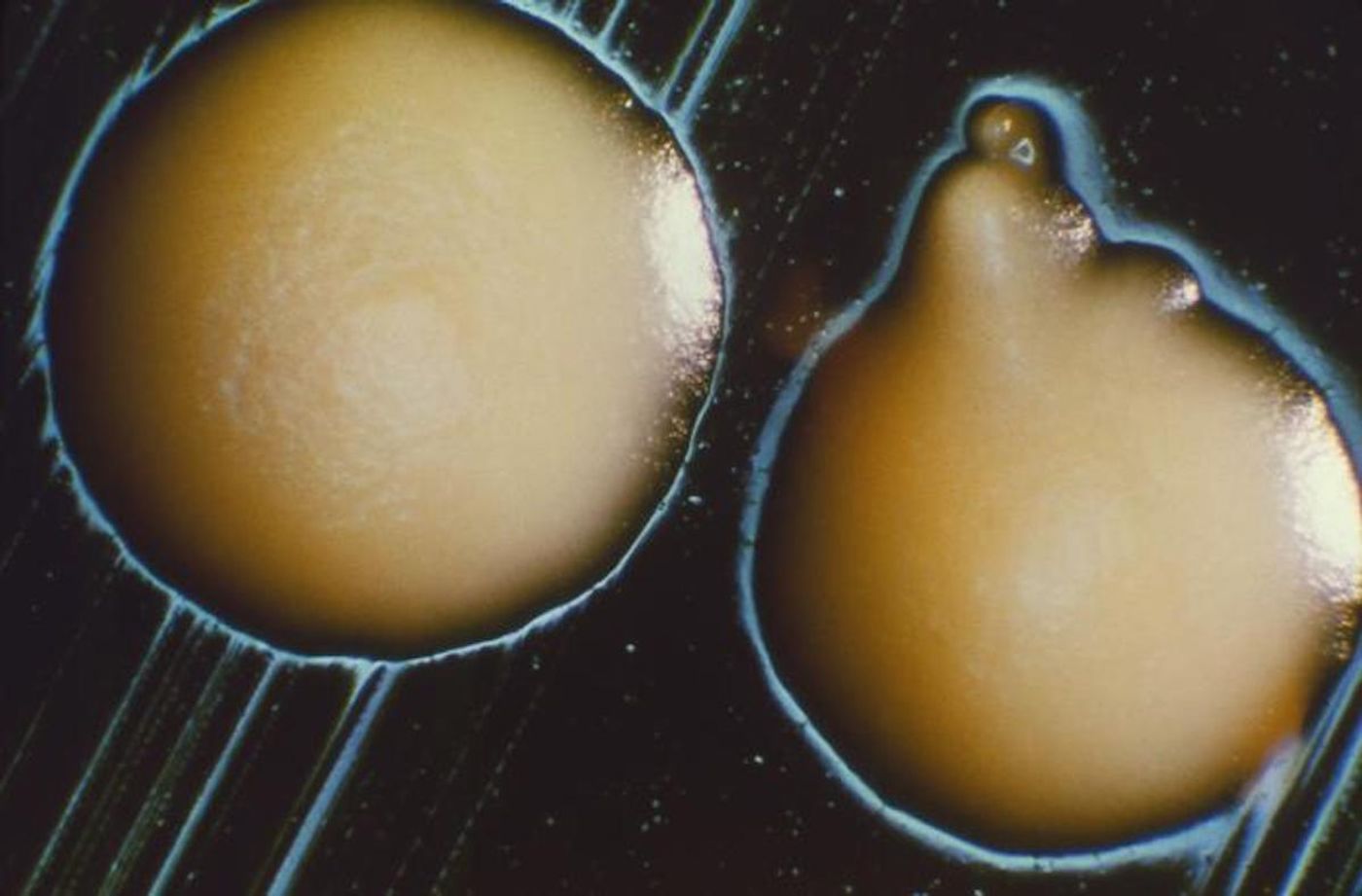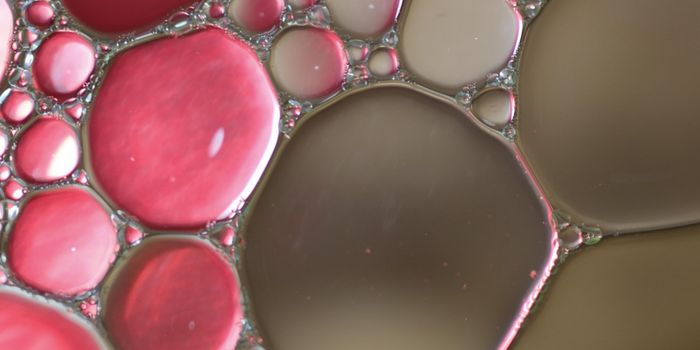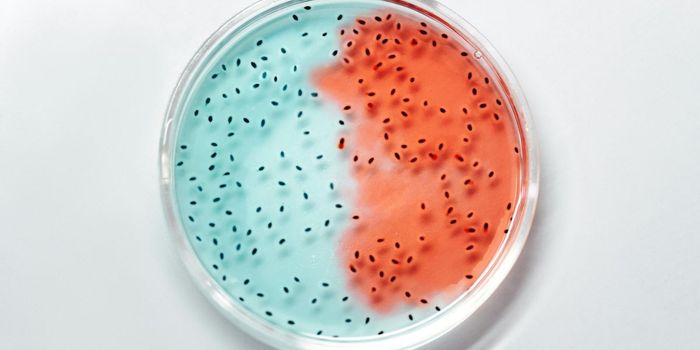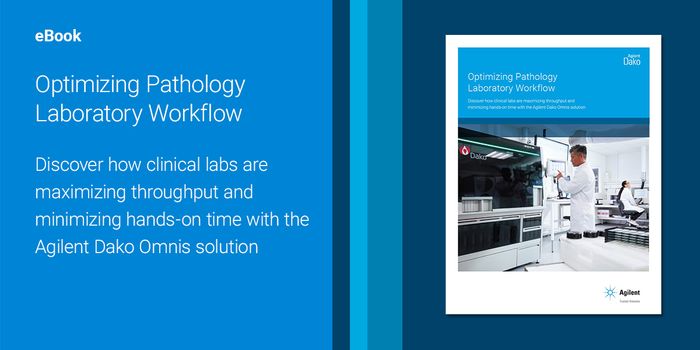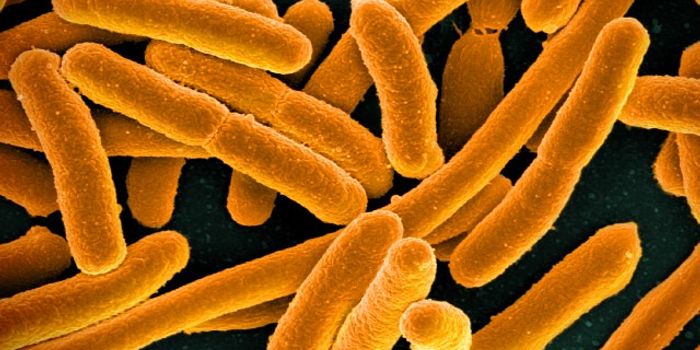Gut Fungi May Be an Untapped Reservoir of Antibiotics
Viruses are not the only microbes that can cause serious public health problems. Researchers have been warning about a potential crisis that's been building for years - a lack of reliable antibiotics that can easily kill bacterial pathogens. Though there are a variety of causes, bacteria are also great at evolving and sharing DNA; they can evade the effects of antibiotics, and become drug-resistant very easily. As such, researchers have been searching for new antibiotics in many places, including some that might seem unusual, like soil and the human gut microbiome.
Chemical engineer Michelle O'Malley studies gut fungi that live in herbivores, animals that use carbohydrates from fibrous material for energy. O'Malley is interested in how these gut fungi might help us generate valuable compounds from plant parts that usually get wasted, like roots and leaves. Her team has now discovered that these gut fungi also generate natural products that might be useful as bioactive molecules like drugs or drug building blocks. The findings have been reported in the Proceedings of the National Academy of Sciences (PNAS).
Microbes have to compete with one another, so many of them generate antimicrobial compounds, including those that live in the gut.
Anaerobic gut fungi don't have access to oxygen, so it's not a part of the biochemical processes they use. They have to work efficiently. "It costs them a lot more metabolically to make something than it does an aerobe," noted O'Malley.
O'Malley's team began to find that these gut fungi carried so-called metabolic or biosynthetic gene clusters (BGCs), which are clusters of two or more genes that are involved in generating a metaboloite through a biohemical pathway; antibiotics are often made this way in microbes. The researchers determined that these fungal BCGs are close together and carry out stepwise reactions.
"In this case, they are loading a molecule onto an enzyme, chemically decorating it, if you will, and then passing it to another enzymatic module and, in this way, making it into an increasingly complex molecule," explained O'Malley. "BGCs could also be of useful for making value-added chemicals, because they have lot of complex chemistry built in," she added. "So, they might be able to be used as drop-in biofuels, as coatings, and as monomers to make novel materials."
The fungi were found to express these BCGs, and that they have the potential to make novel antibiotics. More work will be needed to determine whether that's happening in reality.
"We haven't shown that definitively here, but it's one possibility that would make sense, because the fungi exist as kind of minority players in their community, so they probably have some edge or ability that allows them to stick around in the face of overwhelming competition. That's what we think they might be doing. We haven't proven it, but it's an attractive way to look at it," O'Malley suggested.
Next, the researchers have to learn more about exactly what fungal compounds are being produced and whether the production can be ramped up. After that, their efficacy and safety will have to be assessed.
Sources: AAAS/Eurekalert! via University of California Santa Barbara, Proceedings of the National Academy of Sciences
